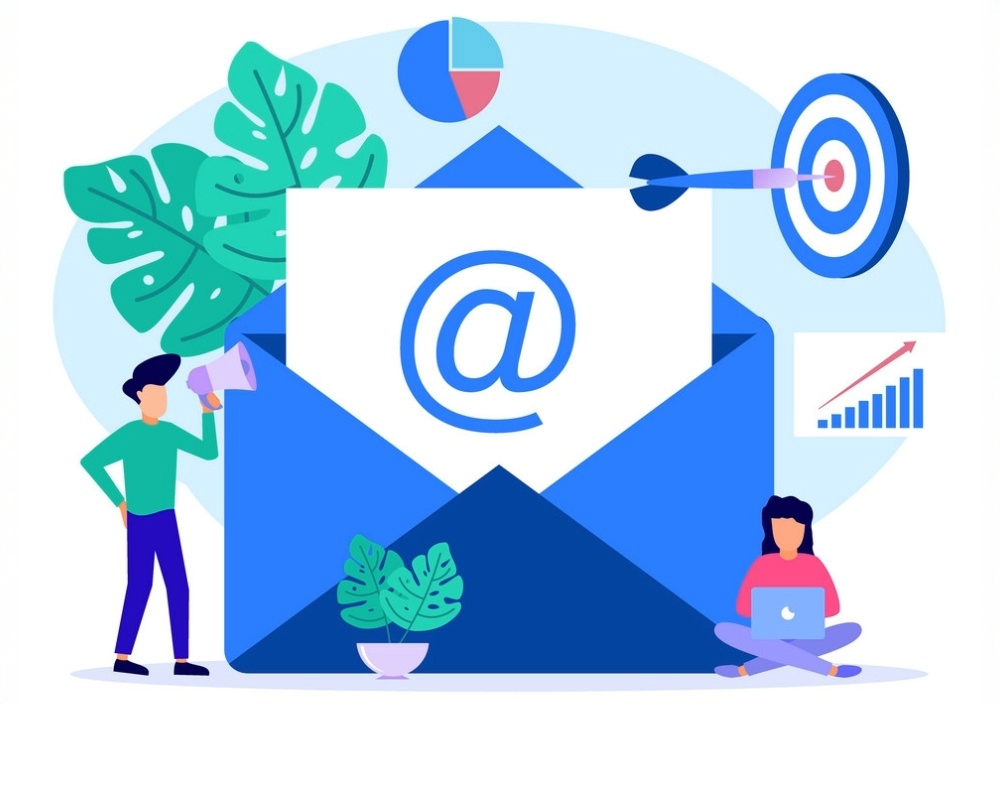Posted At: Aug 06, 2025 - 186 Views

Email Marketing Strategies to Boost Engagement & ROI
Key Takeaways
- Segment Your Audience: Group your email list to send more relevant and personalized messages.
- Create Compelling Content: Write engaging subject lines and valuable information that is easy to read on any device.
- Personalize and Automate: Use customer data to tailor offers and set up automated campaigns for timely communication.
- Measure and Test: Track key metrics and use A/B testing to continuously improve your results.
Email marketing is a vital digital strategy that allows businesses to communicate directly with their audience. It's a cost-effective method for building customer relationships, driving engagement, and converting leads by delivering relevant content, promotions, and updates. By sending personalized messages with clear calls-to-action, companies can grow their brand and increase sales efficiently.
What Is Email Marketing?
Email marketing uses electronic mail to communicate directly with customers and prospects. The goal is to drive sales, cultivate relationships, and encourage repeat business by sending promotional content, company updates, or educational information.
Core Concepts
The strategy involves sending targeted emails containing product announcements, special offers, or newsletters. Key components for success include compelling subject lines, clear calls-to-action, and a mobile-friendly design. Its effectiveness hinges on maintaining a clean, permission-based email list and delivering value to recipients.
Key Business Benefits
- It is highly cost-effective, reaching large audiences without expensive media buys.
- It fosters customer loyalty and direct engagement through regular updates.
- It delivers measurable results like open rates, allowing for continuous campaign refinement.
- When executed well, it nurtures leads, increases brand awareness, and drives repeat sales.
Building an Effective Strategy
A successful strategy depends on clear planning and execution. This involves segmenting your audience, creating resonant content, personalizing messages, and using automation to optimize timing.
Audience Segmentation
This is the practice of dividing your email list into smaller groups based on demographics, purchase history, or engagement. Segmentation allows for more relevant messaging, which improves open rates, click-through rates, and conversions.
Personalization and Automation
Personalization involves tailoring content and offers based on a user's past behavior. Automation lets you send emails based on triggers like sign-ups or purchases, ensuring timely communication without manual effort. Common examples include welcome emails and abandoned cart reminders.
Best Practices for Email Campaigns
Design and Mobile Responsiveness
With over half of emails opened on mobile devices, a responsive layout is essential. Use a clean design with short paragraphs and clear headings. Images should load quickly, and call-to-action buttons must be large enough to tap easily on a small screen.
A/B Testing and Measurement
A/B testing is critical for refining performance. It involves sending two variations of an element (like a subject line) to small audience segments to see which performs better. Always track key metrics like Open Rate, Click-Through Rate (CTR), and Unsubscribe Rate to understand what works and where you can improve.
Deliverability and Compliance
Deliverability measures how many emails successfully reach the inbox. To maintain a high rate, you must manage bounce rates, avoid spam triggers, and regularly clean your email lists. It is also crucial to comply with regulations like CAN-SPAM and GDPR by obtaining proper consent and providing a clear unsubscribe option.
